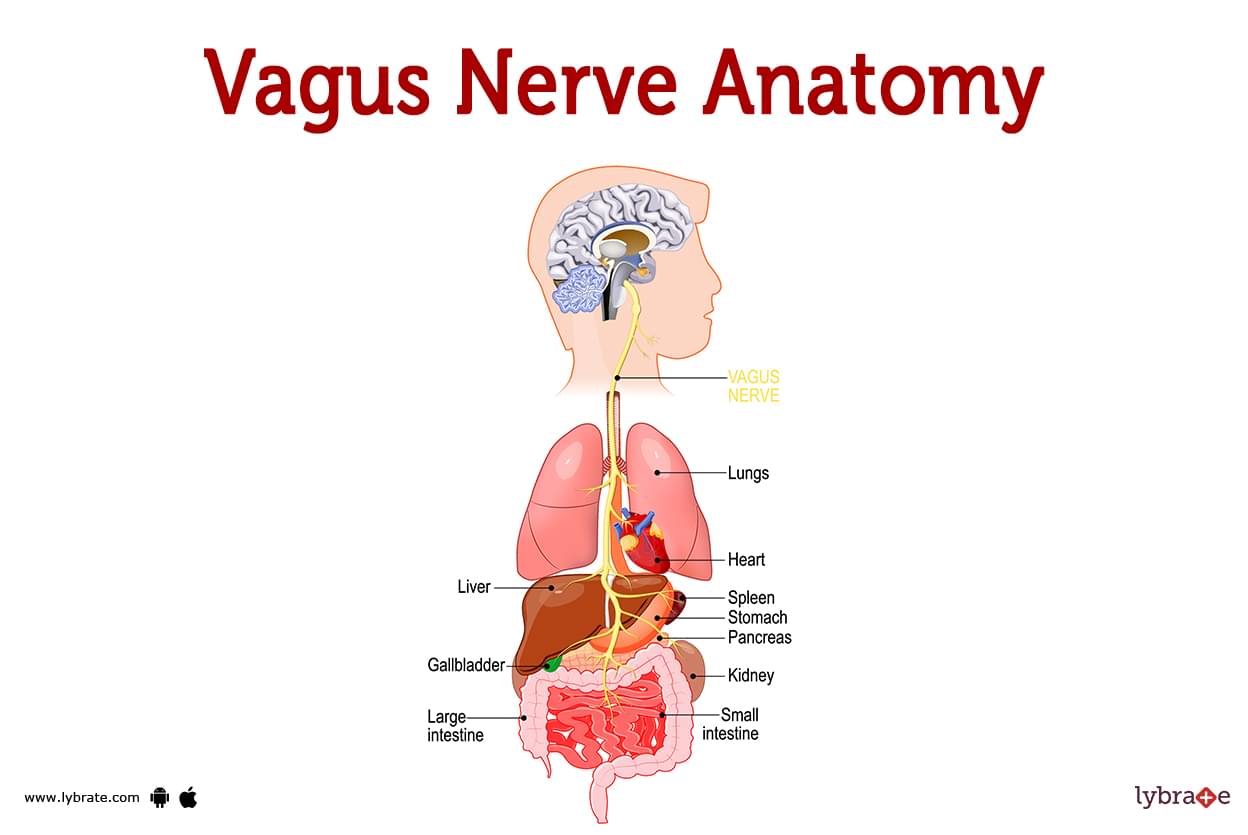
Unlocking the Power of the Vagus Nerve
Aug 05, 2024
The vagus nerve is like a superhighway transporting vital info between brain and other organs. It runs from brain to large intestine.
Anatomy:
The left vagus nerve runs behind the left bronchus and into the esophagus and the right vagus nerve runs behind the esophagus and into the right bronchus. They both run through where the esophagus passes into the abdominal cavity and through the diaphragm which regulates contraction of smooth muscle.
Vagal Nerve functions:
- digestion
- blood pressure
- heart rate
- immune response
- mood
- saliva and mucus production
- speech and taste
Vagus nerve tells the body that it is safe and promotes a calm feeling which aids in proper digestion. When it is stimulated heart rate and blood pressure decrease, breath becomes easy, and digestion is activated. Poor vagal tone is connected to migraines, type 2 DM, obesity and can contribute to symptoms like acid reflux, constipation, and bloating.
Sympathetic & Parasympathetic Nervous System:
The vagus nerve supports your parasympathetic nervous system which is the rest and digest nervous system. The parasympathetic nervous system is activated when you are relaxed and not stressed. The sympathetic nervous system is activated when you are stressed and in your "fight or flight" response.
When you are in the sympathetic nervous system you are prepping your body to either fight or run away from the stressor and this can happen
- Increased blood pressure
- Increased heart rate
- Decreased saliva
- Decreased pancreatic enzyme and bile release
- Decreased stomach acid
- Decreased insulin activity
- Decreases immune response (sick more often)

How to support your vagus tone:
- Meditation
- Deep diaphragmatic breathing
- Stimulate vocal cords
-
Take 3 deep breaths before eating to help put yourself in the parasympathetic nervous system
-
Chew 20-30 times per mouthful
-
Exercise and movement
-
Eat a nutrient dense and diverse diet
-
Avoid food sensitivities and intolerances
Vagus Nerve Exercises
Exercise #1:
- Inhale via nose
- Exhale via nose
- Inhale through nose one more time and hum for as long and as loud as you can
- Wait at the end for an swallow or sigh
When you swallow or sign of cough at the end of an exercise that is the vagus nerve activating
Exercise #2:
- Press the fingers of both hands in your muscle close to your neck and above your collar bone (this is typically where we hold some tension so it may be slightly sore
- The pressure should be present and intentional but not too hard
- Hold for 90 seconds or until a swallow, sign, or yawn
You may feel some anxiety the first 30 seconds you hold but then it will begin to decrease.
Try doing these vagus nerve exercises daily to help promote the parasympathetic nervous system and regulate your stress response which can also help support digestion. There is a lot that goes into digestive health and stress can have a huge impact on symptoms.
If you would like to know more about mindful eating and how to address your GI symptoms in other ways please check out my Mindful Eating blog post by clicking here
To sign up for an nutrition consultation please email me at [email protected] or call at 509-596-1051

